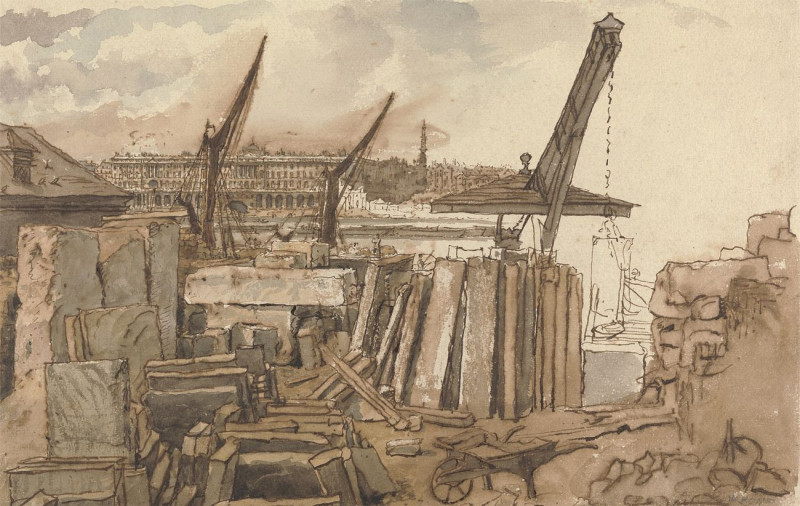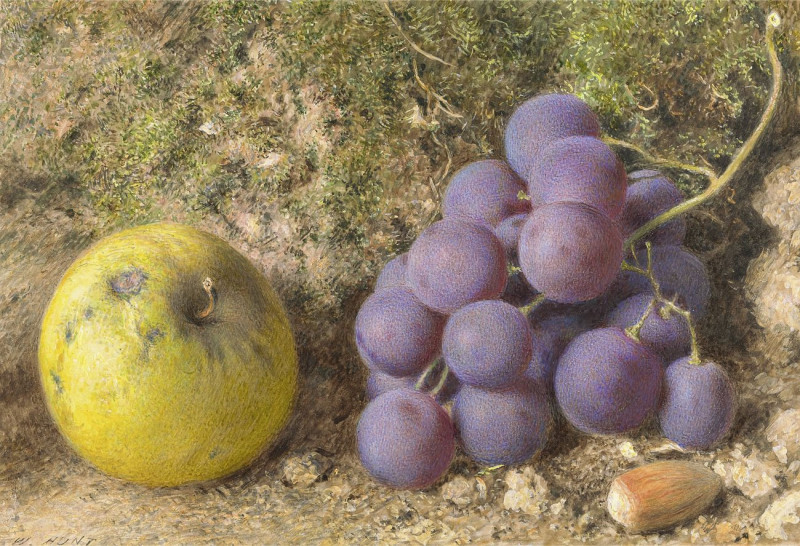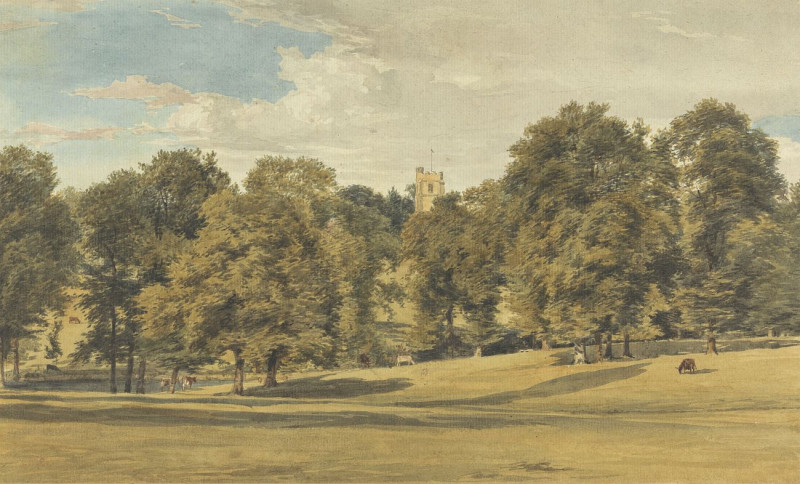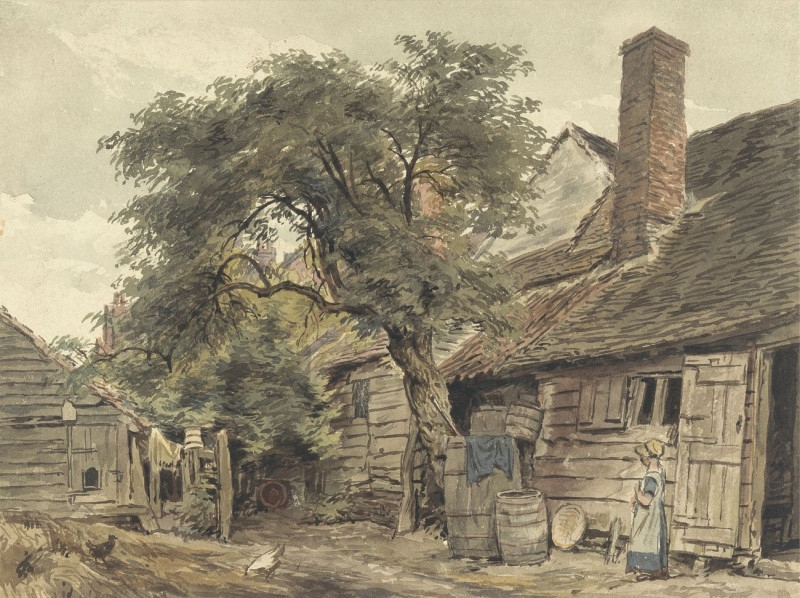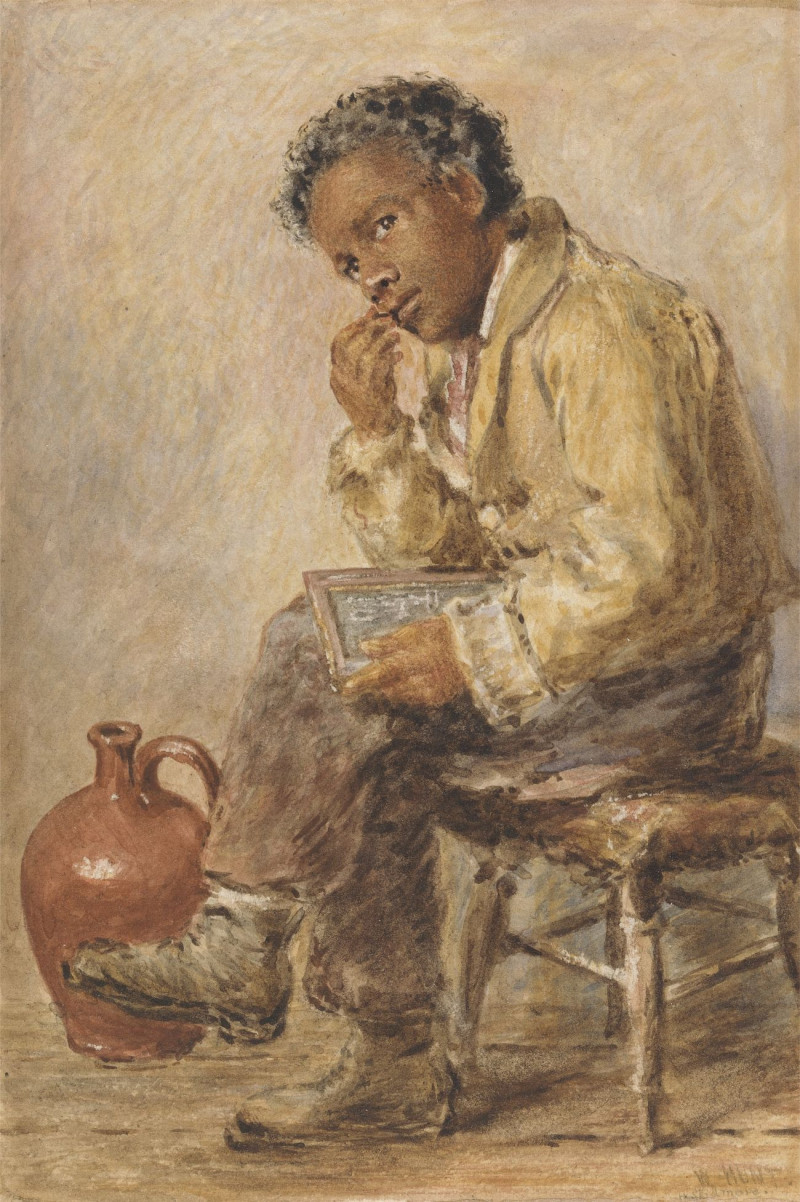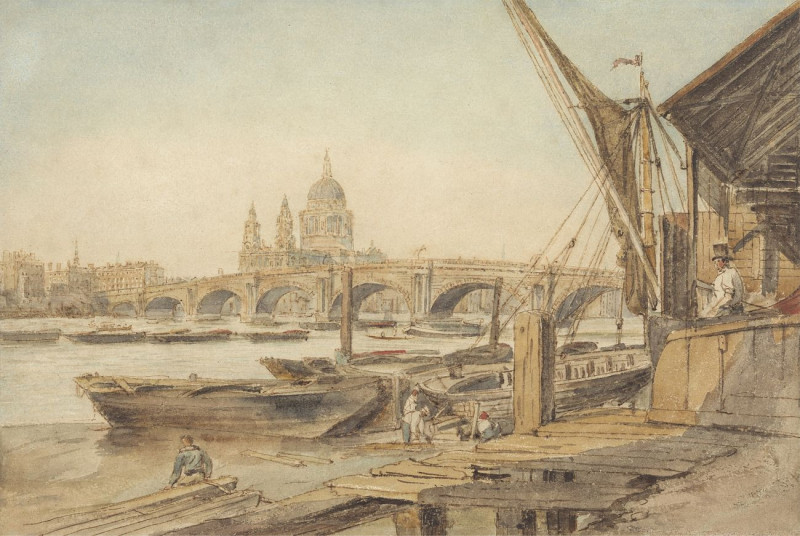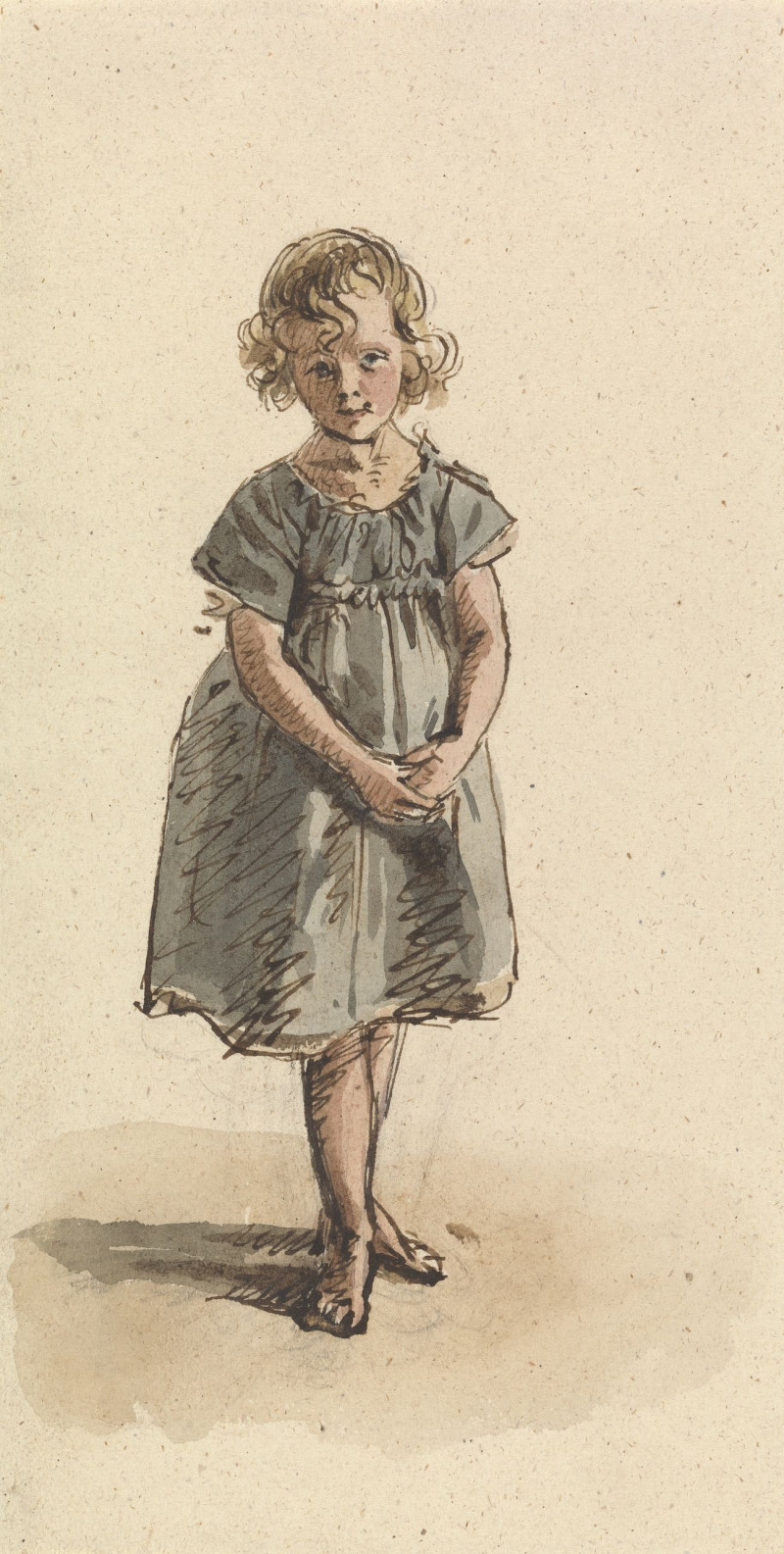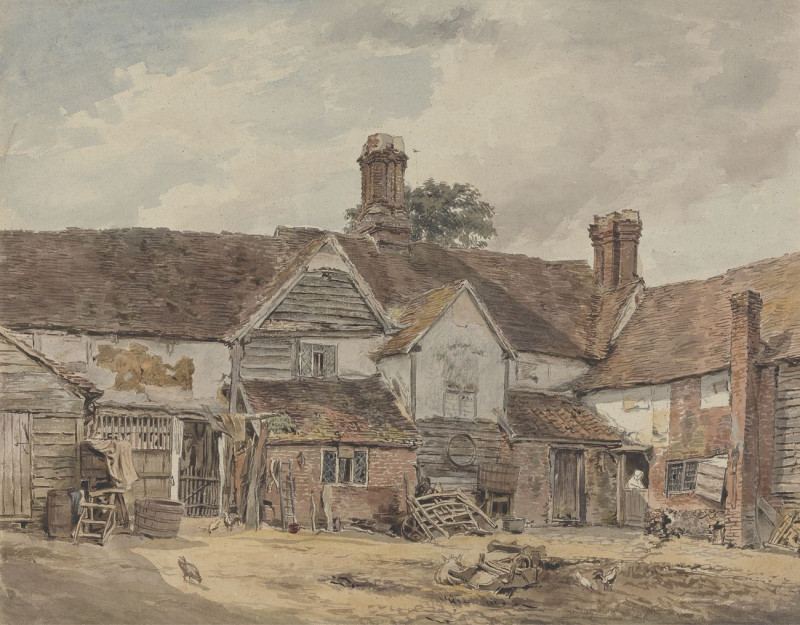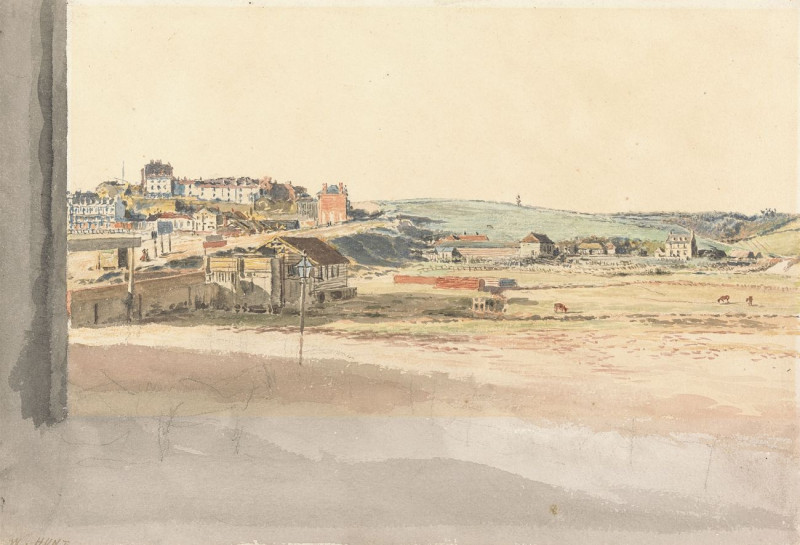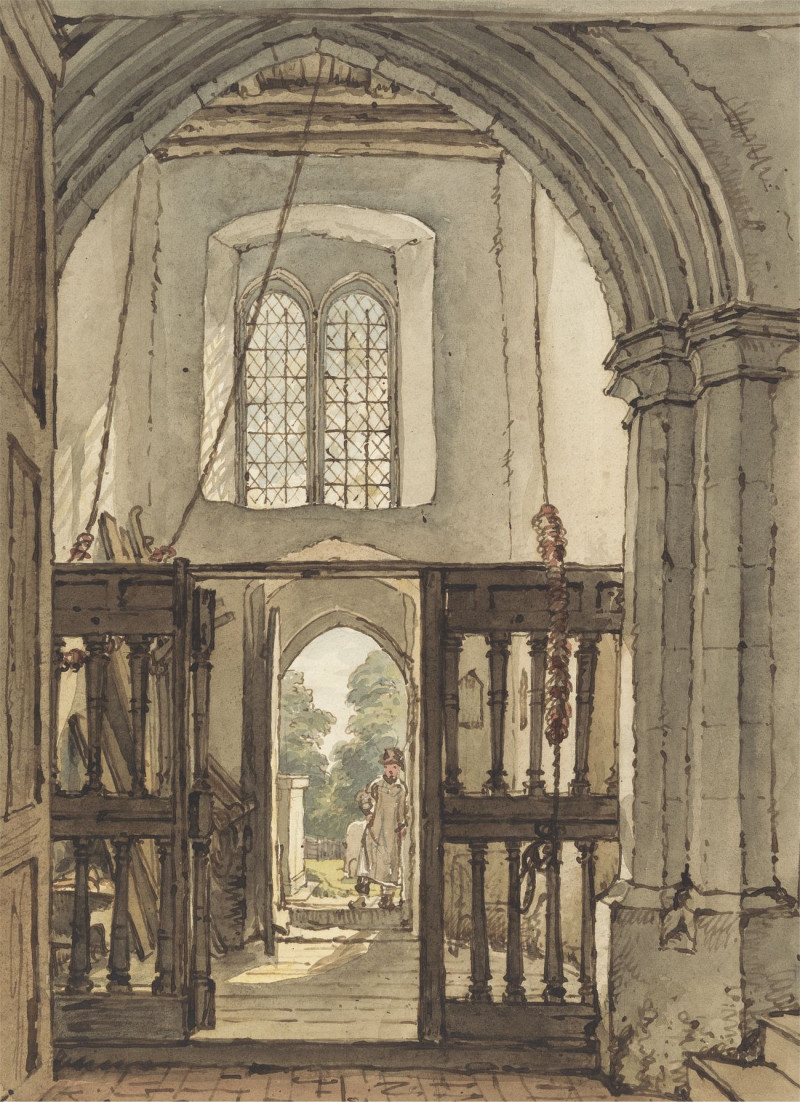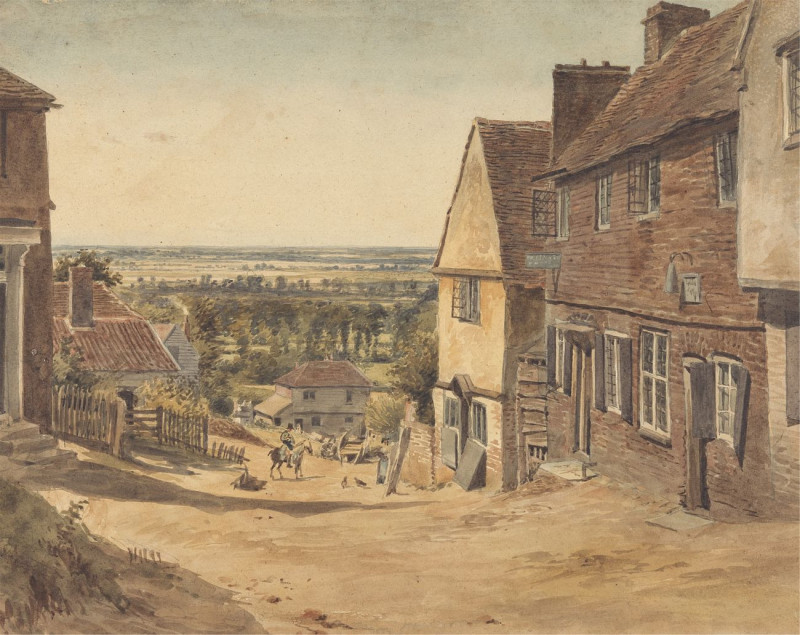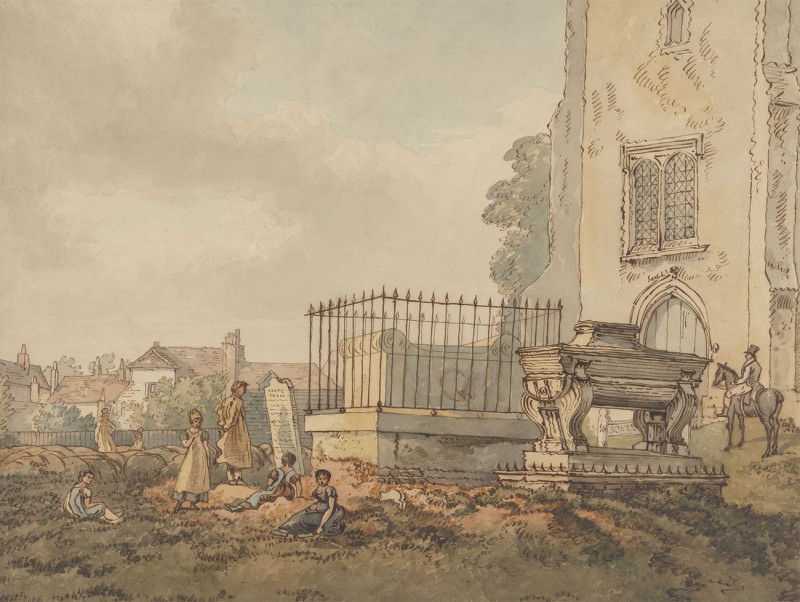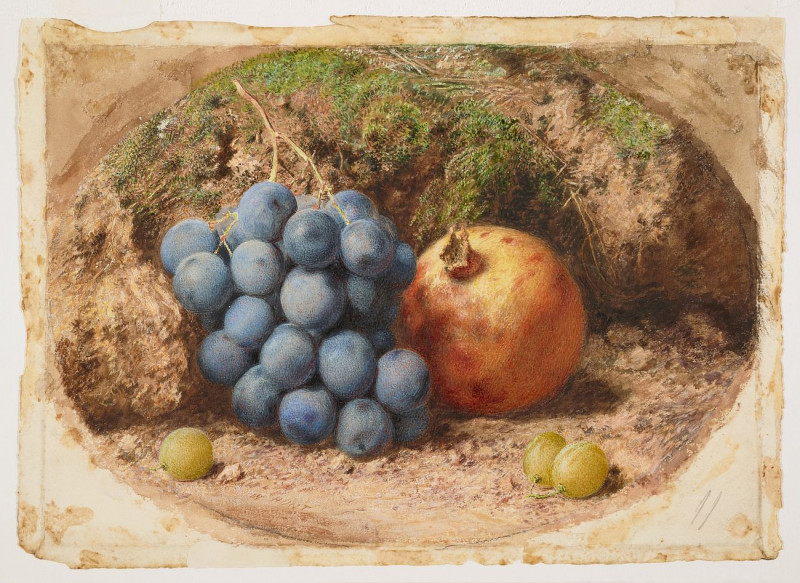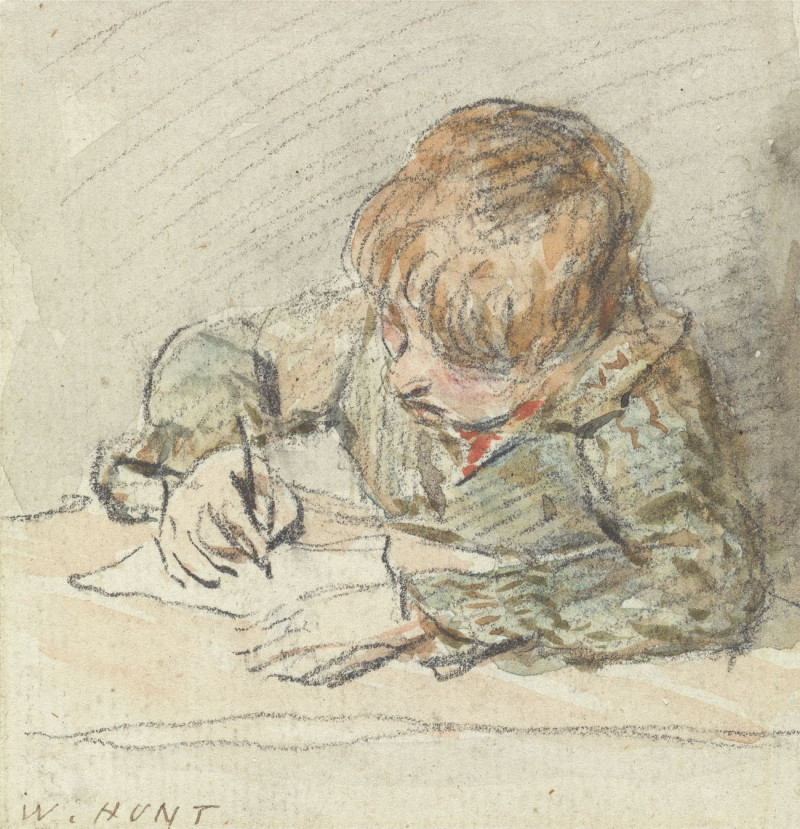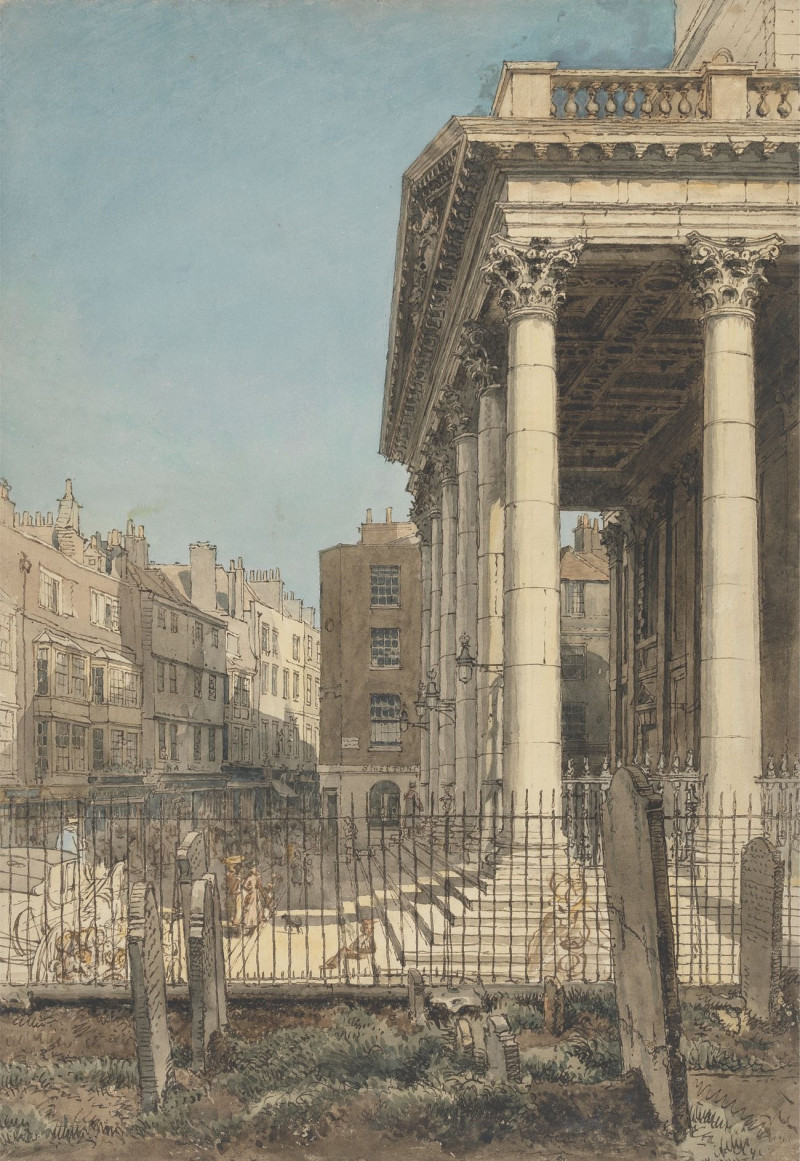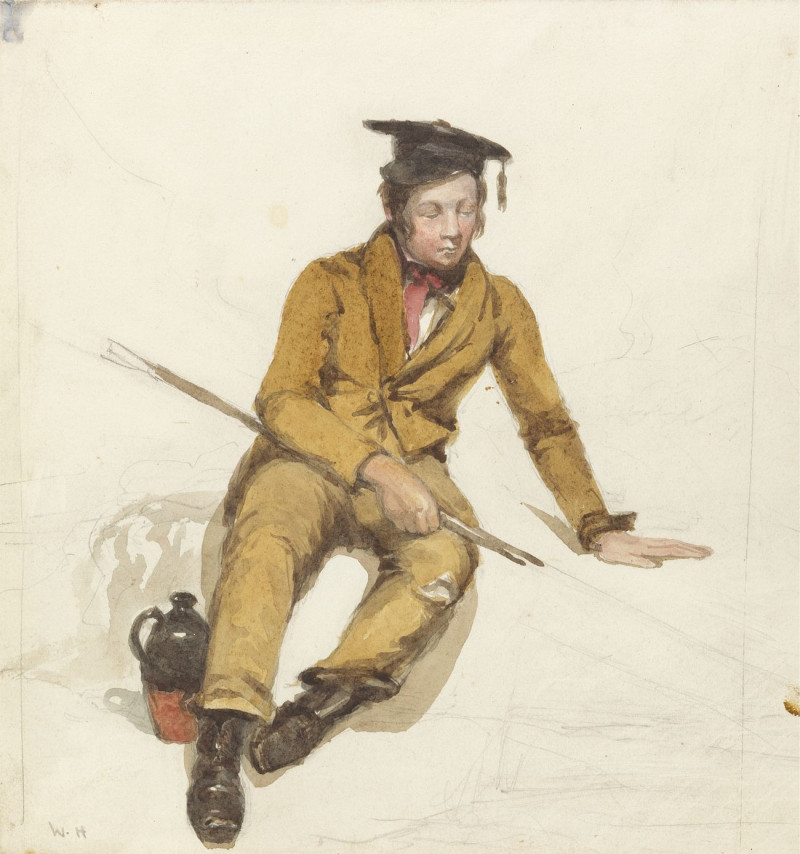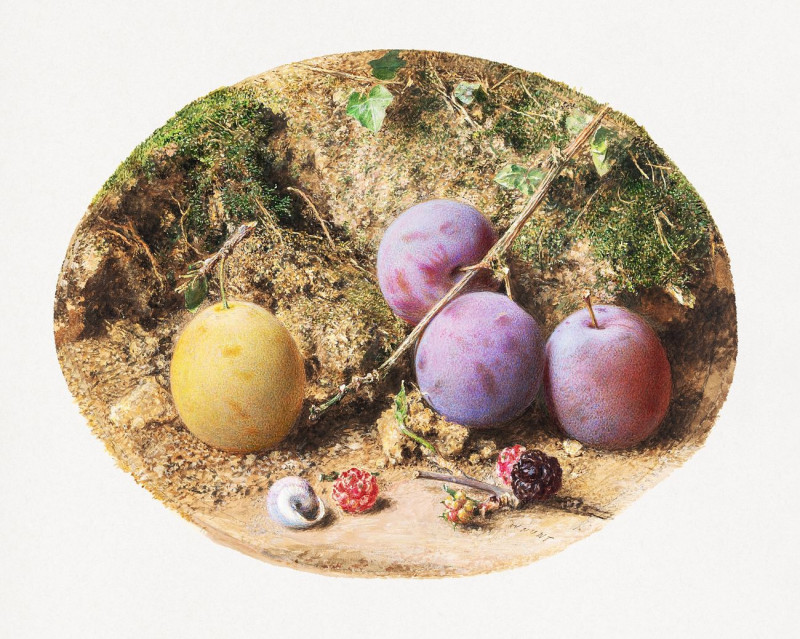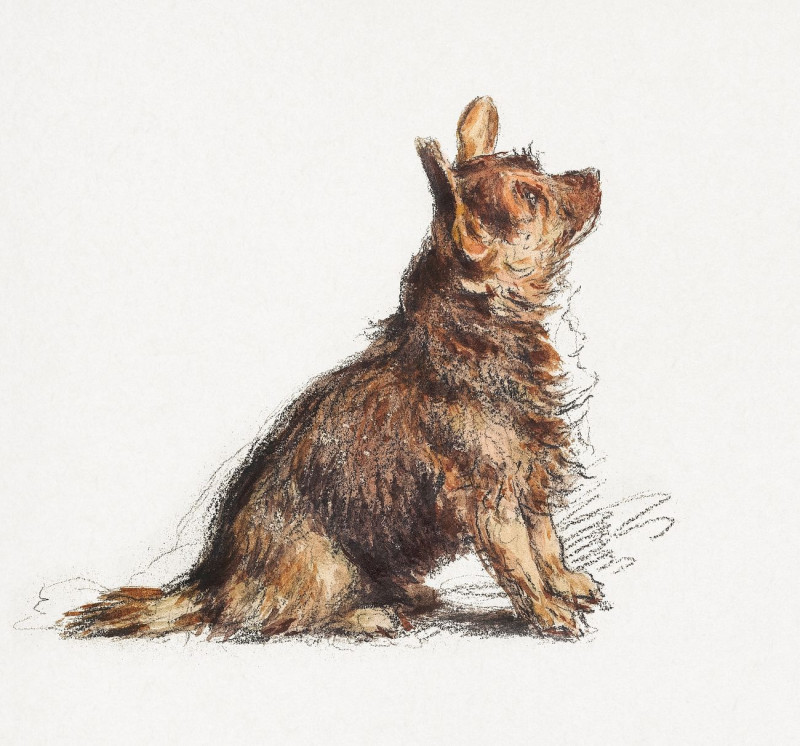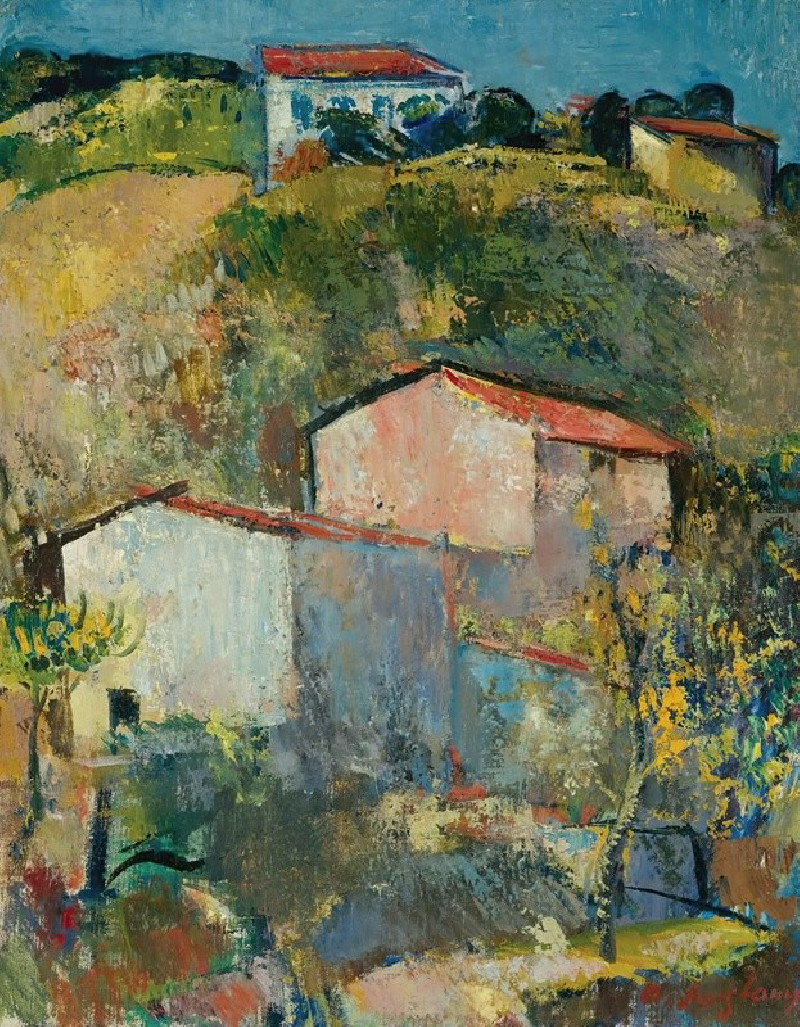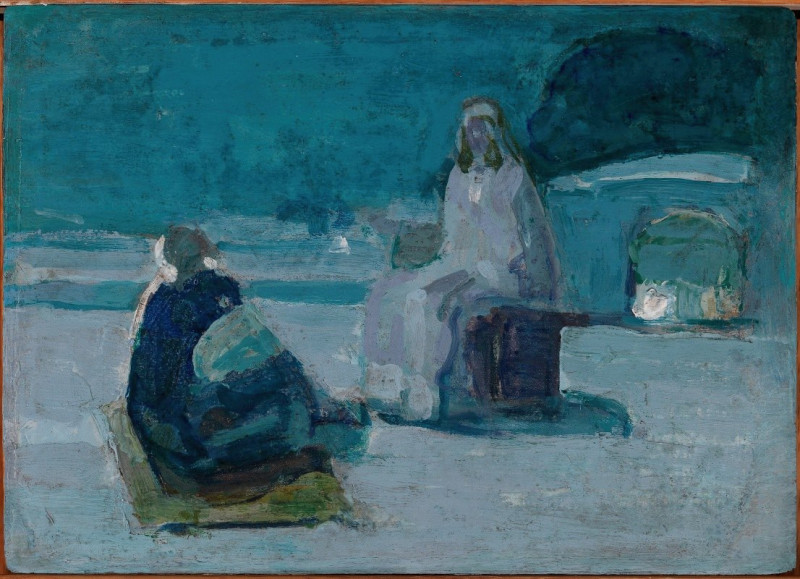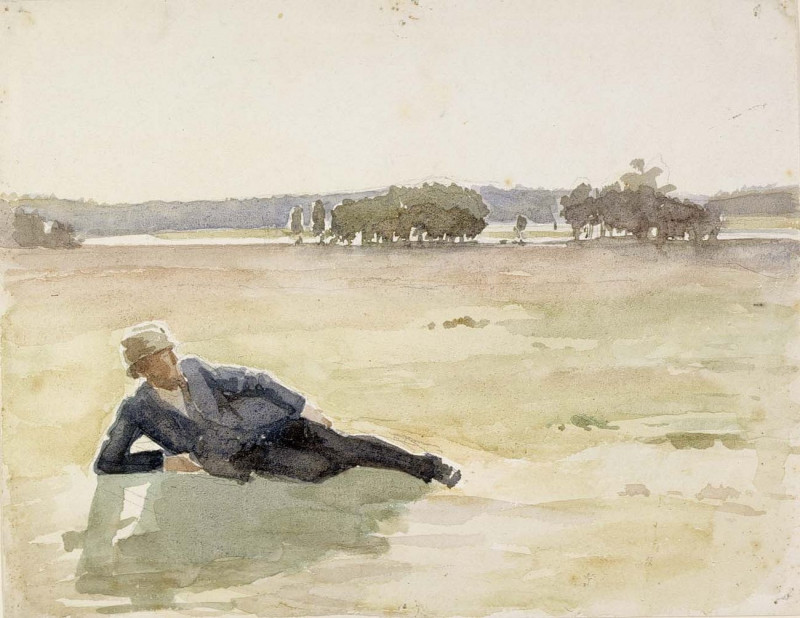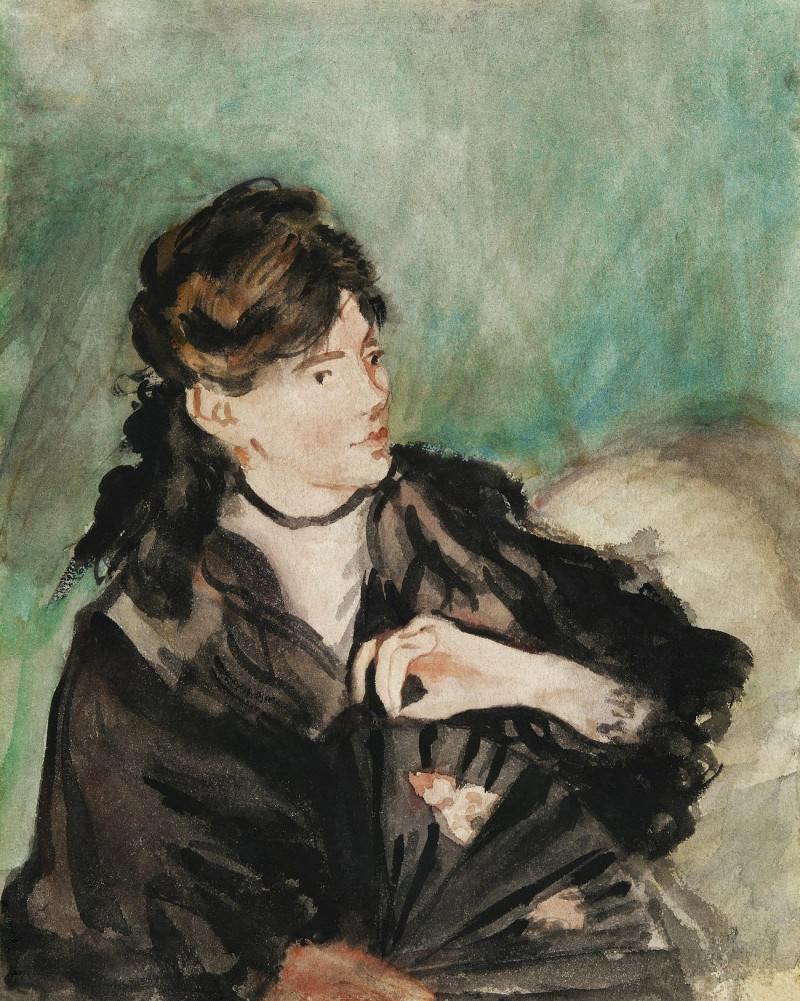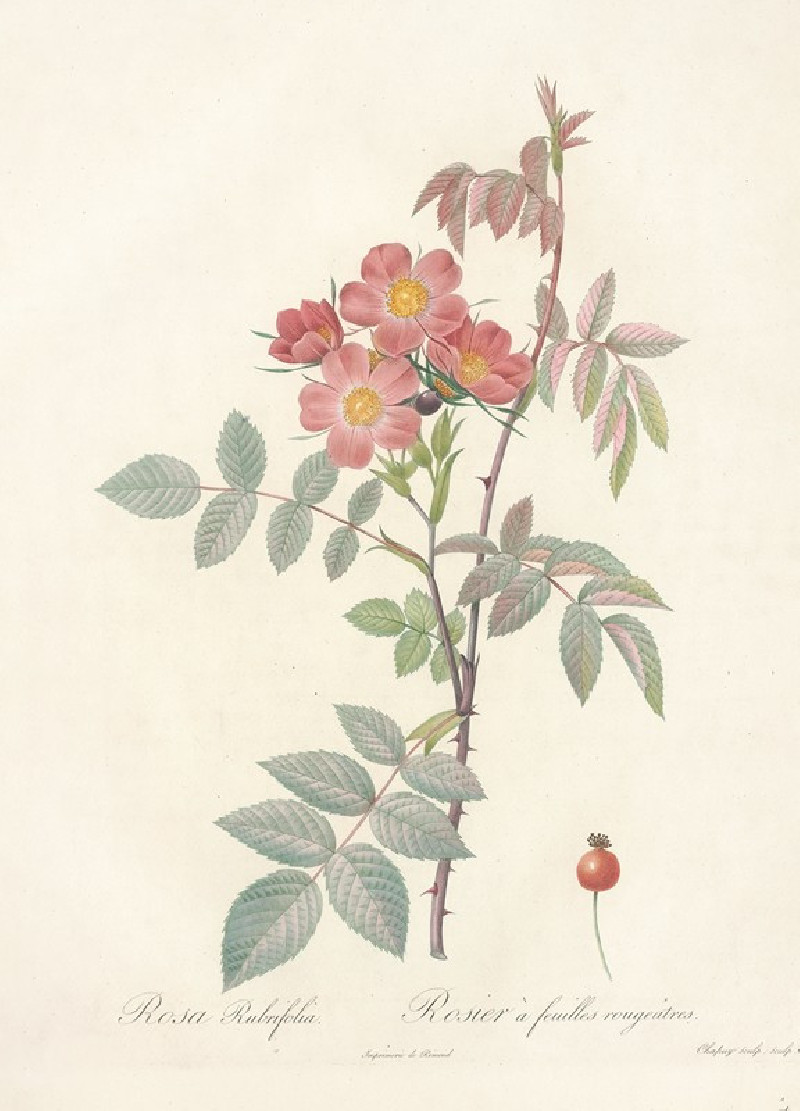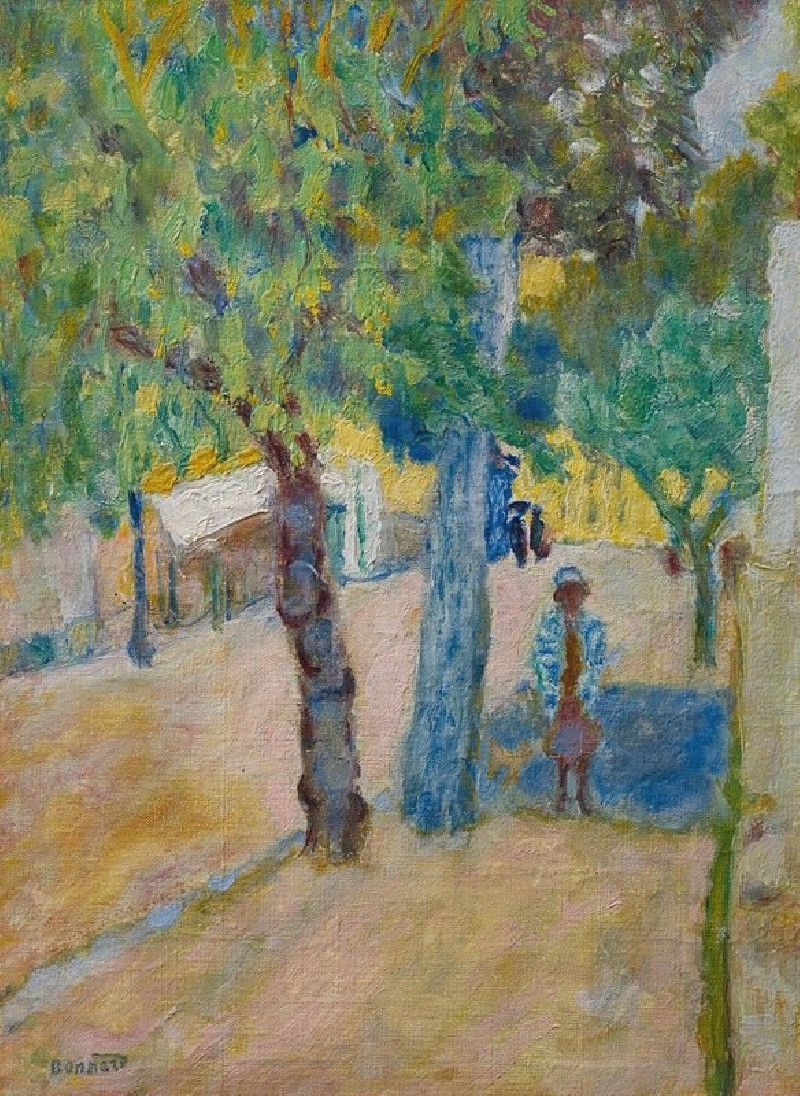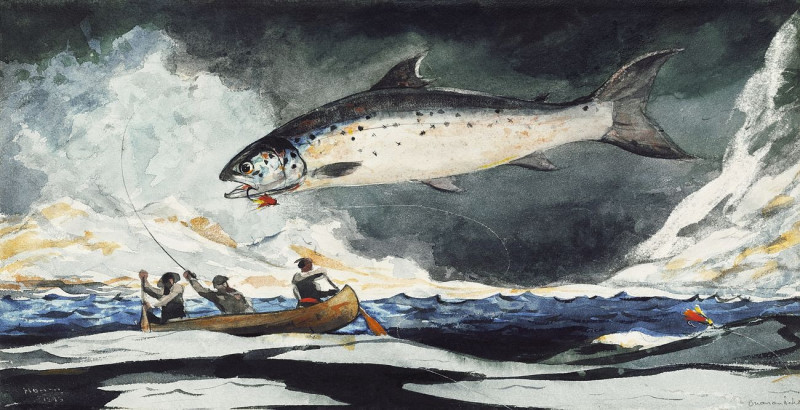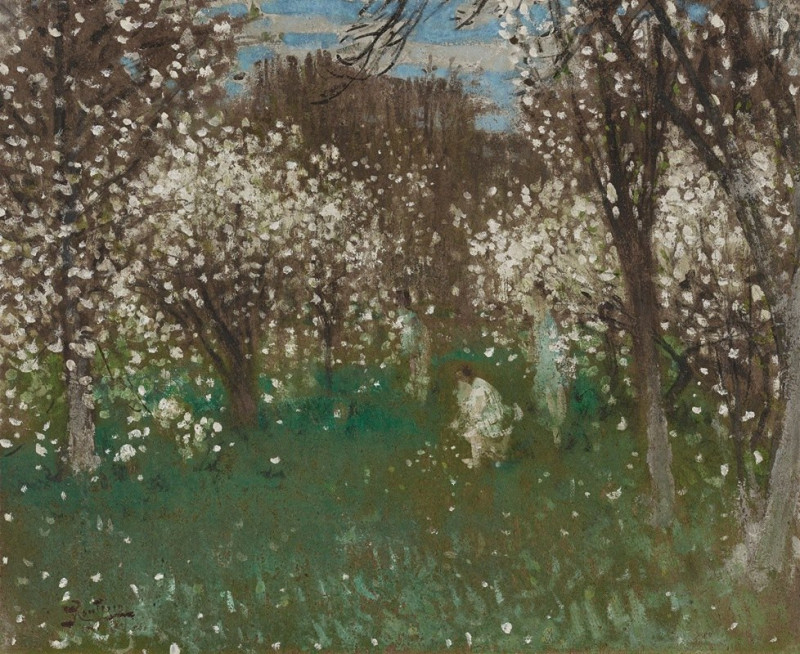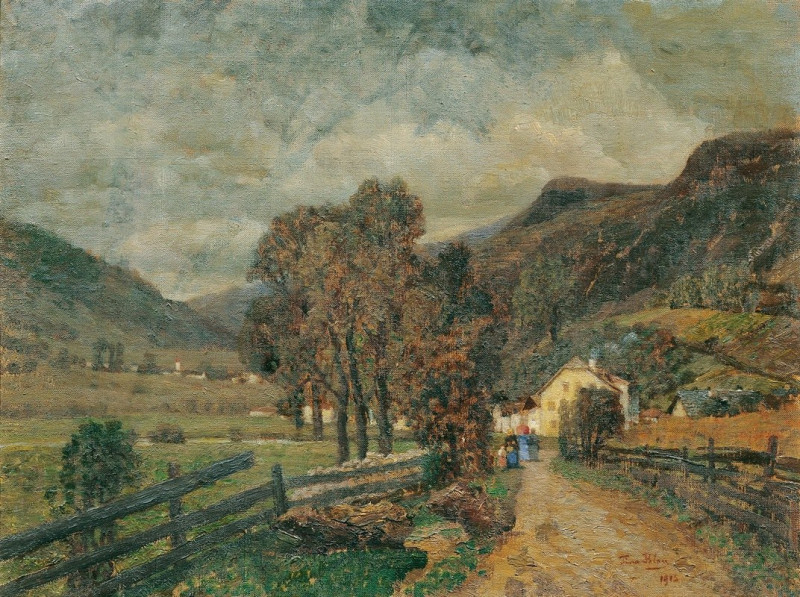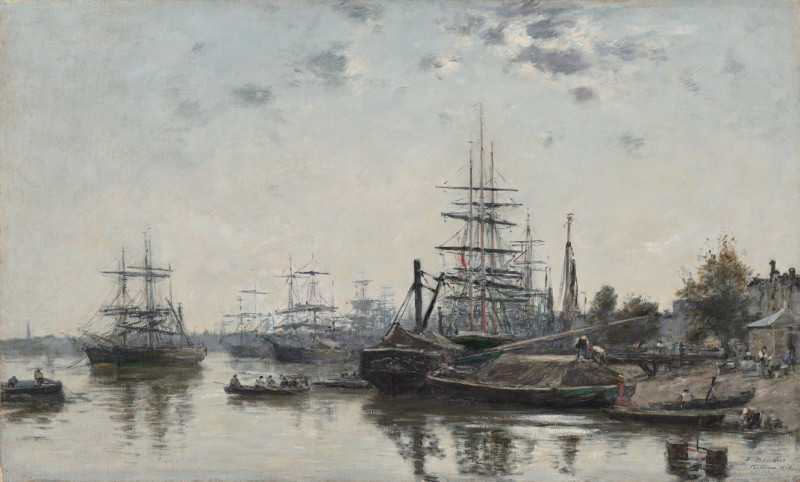The Building Of Waterloo Bridge
Technique: Giclée quality print
Recommended by our customers
More about this artwork
This painting by William Henry Hunt, titled "The Building of Waterloo Bridge," captures a moment during the construction of the famous bridge, offering a glimpse into the industrial activity that characterized early 19th-century London. The scene is depicted using a muted palette, primarily in earthy tones, which imparts a somewhat dusty and gritty feel to the artwork, resonant of the labor and dirt associated with such large-scale constructions.The composition is filled with construction materials and equipment scattered across the foreground, illustrating the chaos and clutter of an active construction site. Large stone blocks, possibly granite, are piled up and seem to be in the process of being moved or shaped. Wooden planks and debris litter the area, adding to the sense of disarray and ongoing work.Among the notable features are the tall cranes, central to the construction process during this period. These cranes would have been essential for hoisting heavy materials. The detailed depiction of these cranes highlights their significance and the engineering skills of the time. In the background, partial views of the new bridge suggest its emerging structure, juxtaposed against the city's skyline, hinting at both the physical and symbolic connections being created through this monumental project.The River Thames is faintly visible in the background, providing a geographic and contextual anchor to the setting, and reminding the viewer of the bridge’s primary function as a new artery for the bustling metropolis.
Delivery
Returns
William Henry Hunt (1790–1864), a 19th century British painter and watercolorist specialized in still life compositions. His early works were watercolor landscapes and portraits, but he later concentrated on painting still lifes of flowers, fruits, bird nests and eggs, figures in domestic settings and candlelight scenes. He is famous for developing a unique technique to create an enamel-like appearance to his paintings, which influenced many Victorian artists.

